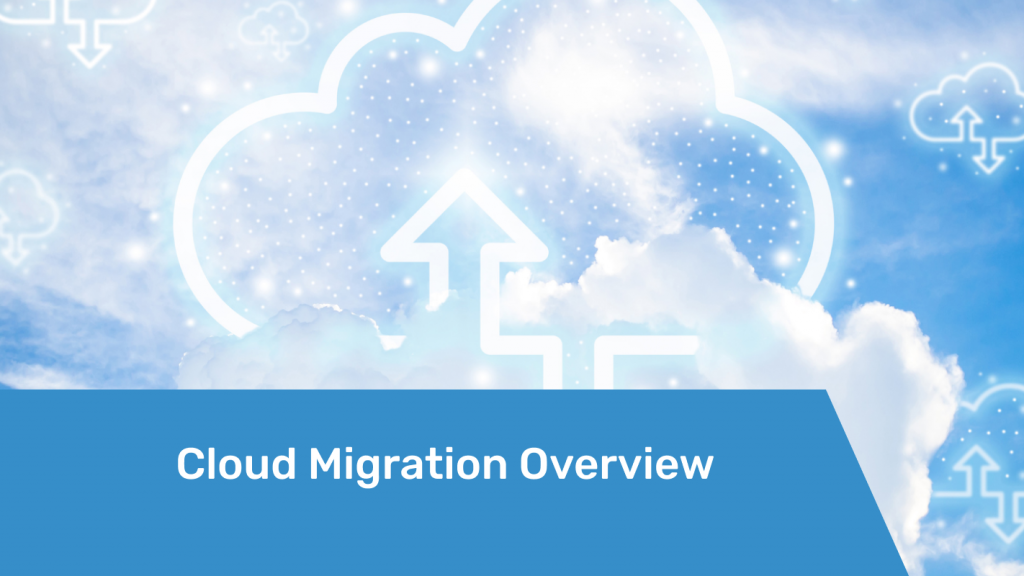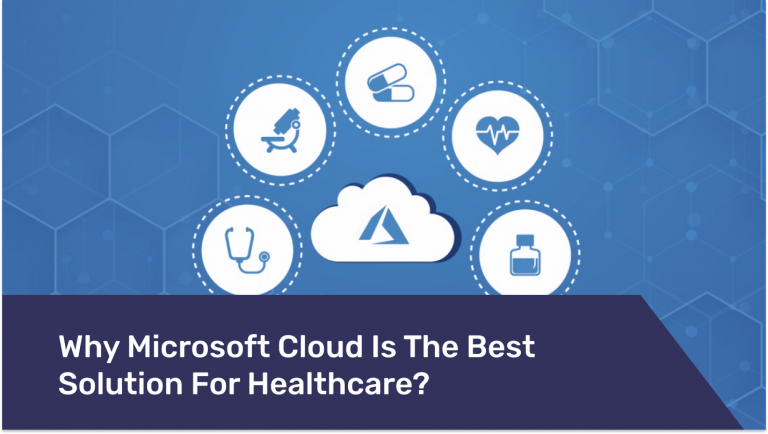Cloud migration is an essential process that allows companies to move their digital assets and services from on-premise systems to cloud-based infrastructure. Companies can profit from this technological change in a number of ways, including increased scalability, flexibility, and cost-efficiency.
Cloud migration is the process of moving data, applications, and infrastructure from a traditional on-premises setup or a private cloud environment to a public cloud service provider such as Amazon Web Services (AWS), Microsoft Azure, or Google Cloud Platform (GCP). This can involve a full or partial migration, depending on the business’s needs and goals.
The move to cloud-based infrastructure is among the most important advancements in recent years. For a number of reasons, companies are placing more and more emphasis on cloud migration, or the process of moving data, applications, and services from on-premise systems to cloud-based platforms.
Some Typical Cloud Migration Challenges
- Lack of Strategy
Many businesses begin their cloud migration without giving it the requisite amount of time and consideration it needs. Every application and dataset may have distinct needs, necessitating the use of various cloud migration strategies.
- Cost Management
A lot of companies that migrate to the cloud do not have specific KPIs in place to determine how much money they will spend or save after the move. This makes it challenging to determine whether migration was effective economically.
- Data Security and Compliance
A shared responsibility model is used by cloud services; they are in charge of protecting the infrastructure, while the client is in charge of protecting data and workloads. Therefore, even though the cloud provider might offer strong security measures, it is the duty of your organisation to set them up properly and make sure that all services and applications have the proper security controls.
- Vendor Lock-In
Although cloud providers offer a wide range of services, many of them are not compatible with other cloud platforms. It takes time and money to move tasks from one cloud to another. When they first begin using cloud services, many organisations find it challenging to switch providers if the present one doesn’t meet their needs.
Here are some key steps to conducting an infrastructure assessment: inventory the current environment, evaluate the performance of applications, determine data requirements, identify dependencies, and evaluate the cost. Also, assess any external dependencies, such as APIs and services provided by third-party providers, and determine if they are compatible with the cloud.
How to Identify the Right Cloud Platform
Let’s take a look at the next example.
A healthcare organization wants to migrate its electronic health records (EHR) system to the cloud. The EHR system must meet strict regulatory requirements, including HIPAA compliance, and the organization is concerned about security and data privacy.
How to do the analysis?
In this scenario, AWS, Azure, and Google Cloud all offer HIPAA-compliant services, but AWS and Azure both have a track record of working with healthcare organizations and have specific services and certifications to meet the requirements of this industry. AWS, for example, has a HIPAA-compliant environment and a large portfolio of services that meet the needs of healthcare organizations. Azure, on the other hand, has a range of healthcare-specific services, including Azure Healthcare Bot and Azure Cognitive Services for Healthcare, and has partnerships with leading healthcare organizations.
In this case, both AWS and Azure would likely be good options for the healthcare organization, but we still need a more detailed analysis of the organization’s specific requirements.
Cloud Migration Srategies
Lift-and-Shift
This strategy involves moving existing applications and data to the cloud without making any significant changes to the architecture or design. This approach is often used for simple, straightforward migrations and is the quickest way to move an application to the cloud.
Companies that are just getting started with cloud adoption are likely to choose lift-and-shift for their initial migration due to its relative simplicity. It doesn’t require a team of engineers with extensive cloud-native app experience.
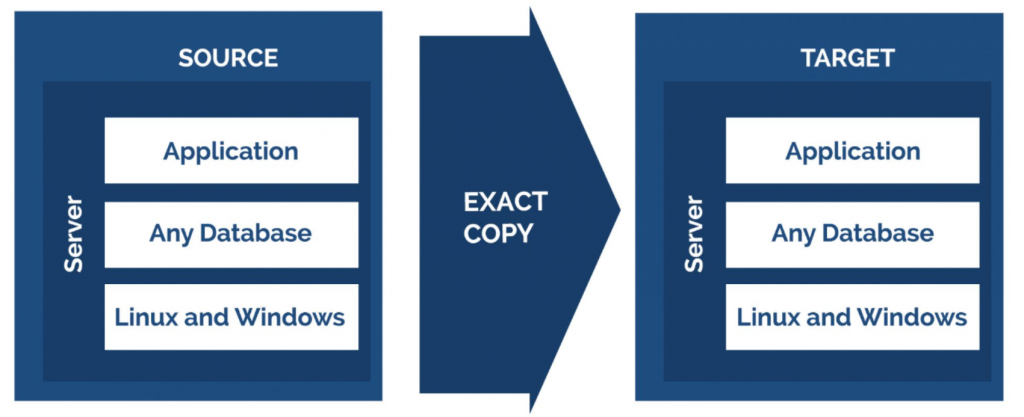
When cloud computing first began rising to prominence in the late 2000s and early 2010s, lifting and shifting were quite common. It was the simplest cloud migration strategy. Now, after so much evolution has occurred in the field of cloud technology, and other viable strategies are available, lift-and-shift isn’t seen as frequently as it once was. But the migration method still has its use cases.
Re-architecting
This strategy involves making changes to the application architecture or design to take advantage of the features and capabilities of the cloud. This approach is often used for more complex applications and can lead to significant cost savings and performance improvements.
Reasons to Re-Architect Applications for the Cloud:
- Reduce Costs of Ownership
Cloud VMs can cost much less than a hardware server, or even a virtual machine (VM) runs on-premise. This has contributed to the success of cloud solutions like Azure Storage and AWS EC2 over VMware. Serverless computing is proving extremely successful at running workloads on a pay-per-use basis where IT has no infrastructure to maintain and developers can focus on running their code on a ready-made cloud platform.
- Drive Agility with the Cloud
Unlike traditional monolith applications, cloud-native applications are composed of small, independently built, tested, and managed microservices. These small code packages are inherently easier and safer to manage than a massive body of code. A heightened level of agility is enabled through new DevOps processes including continuous integration and continuous delivery.
- Achieve Application Resilience
Fault tolerance can be built into each microservice. The advantage of this is that even if a single server fails, its neighbouring services can function normally. Further, cloud-based instances are managed by cloud vendors that promise ‘five nines’ availability – 99.999% uptime. Even in the rare case of a failed host, you can replicate a backup instance in the cloud, which is much faster than procuring new hardware.
- Enable Scalability
Cloud platforms enable auto-scaling of cloud instances so certain parts of the system can automatically scale out during a traffic spike. Conversely, they can be used to scale down during times of low activity to reduce costs. Serverless computing platforms like Azure Functions allow scaling without even having to provision additional instances. Provisioning is done behind the scenes by the cloud – you define the resources required, and your code executes when called automatically in an on-demand billing model.
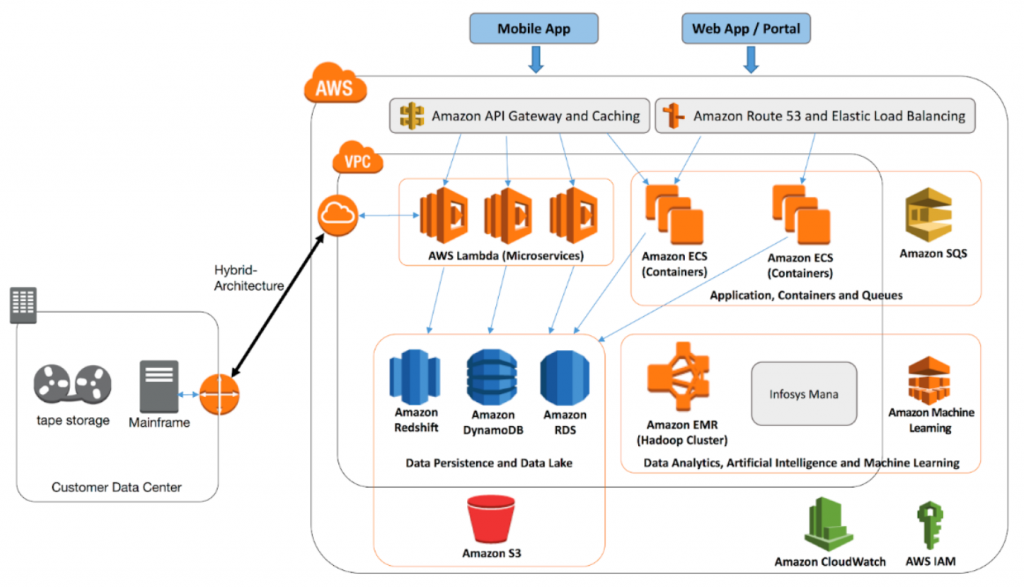
Hybrid Cloud
A hybrid cloud model is a great option for enterprise organizations looking for the best of both computing worlds. The hybrid cloud option means organizations can house their core, business-critical, and sensitive data on their private, on-premise servers while offloading less sensitive data and applications to the public cloud.
Advantages of hybrid cloud usage:
— Improved scalability and control
A hybrid cloud environment gives businesses greater control over their data. As business needs evolve and the demand for IT services fluctuates, organizations can scale their workloads accordingly.
— Business continuity
A hybrid cloud helps organizations back up key data and ensures scalability in the event of a massive spike in demand. As computing demands fluctuate, the business isn’t at risk of overburdening its private servers. The cloud will scale to absorb the demand.
— Improved security and risk management
Enterprises can choose where to house their data and workloads based on compliance, policy, or security requirements.
Disadvantages of hybrid cloud usage:
— Hardware costs
With a hybrid cloud, organizations still have to maintain and invest in on-premise hardware to handle their private cloud computing needs.
— Need to manage multiple vendors and platforms
You will need to have clear workflows and processes and a solid team of managers and administrators to coordinate vendors and services and make sure nothing falls through the cracks.
— Lack of visibility
Divide your computing environments across two or more clouds make it difficult to establish a clear picture of your overall cloud environment, including all the systems, processes, applications, platforms, and requirements you have to manage. Without a clear understanding of your current architecture and operations, you can miss critical issues and opportunities and potentially fall on the wrong side of compliance regulations. To avoid this, you will need to document your cloud and keep that information updated.
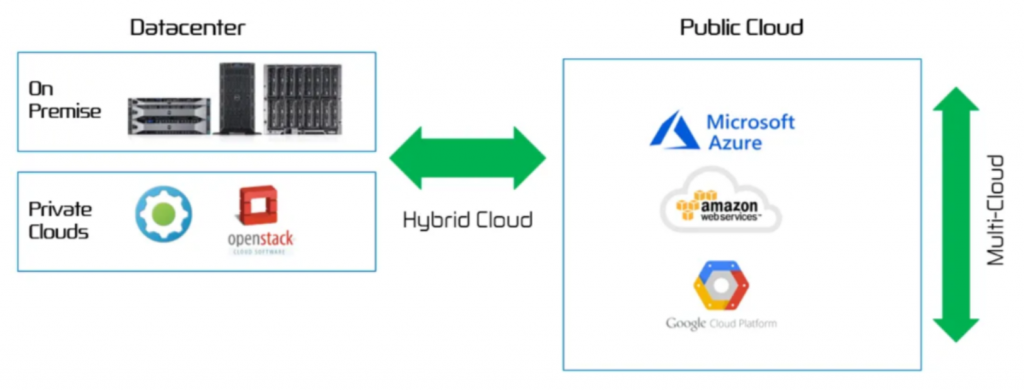
Greenfield
This strategy involves building a new application on the cloud from scratch. This approach allows organizations to take advantage of the latest cloud services and features and can be used to support new business initiatives.
Pros of Greenfield Development:
— Provides a clean slate for software development;
— No compulsion to work within the constraints of existing systems or infrastructure;
— No dependencies or ties to existing software, preconceived notions, or existing business processes.
Cons of Greenfield Software Development:
— With no clear direction, the degree of risk is comparatively higher;
— Since all aspects of the new system need to be defined, it can be quite time-consuming;
— With so many possible development options, there may be no clear understanding of the approach to take.
Also, you can find here more experience we shared in our workshop!
In conclusion
With the right strategy and approach, you can successfully migrate your applications and data to the cloud, achieving greater flexibility, scalability, and agility in the process. However, it’s important to keep in mind that cloud migration is a complex process that requires careful planning and execution, as well as ongoing management and optimization.
We can help you develop a customized cloud migration strategy that meets your unique needs and objectives, and guide you through every step of the process to ensure a successful outcome!
FAQ
Cloud migration is the process of moving a company's data, applications, and other business processes to cloud-based infrastructure.
Some of the challenges of cloud migration include ensuring data security and privacy, managing the complexity of the migration process, and dealing with compatibility issues between the on-premises infrastructure and the cloud environment.
The length of the cloud migration process varies depending on the complexity of the migration and the size of the company's infrastructure. Some migrations can take several months, while others can be completed in a matter of weeks.
While it is technically possible to reverse a cloud migration, it is typically a difficult and expensive process. Therefore, it is important for businesses to thoroughly plan their migration strategy and choose the right cloud provider from the outset.
